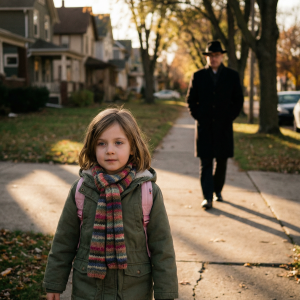Among the countless ways we communicate without speaking, few gestures carry the weight and warmth of intertwined fingers. This seemingly modest act of connection holds extraordinary power, transcending mere physical contact to become a bridge between souls. Whether expressing romantic affection, offering comfort to a friend, or providing reassurance in times of need, this intimate gesture weaves threads of understanding that bind us together. Let’s delve into why this simple human interaction resonates so deeply and how it continues to shape our emotional landscape.
The Tangible Expression of Invisible Bonds
When fingers interlock, something magical occurs beyond the mere meeting of skin. This contact creates an immediate pathway for empathy, establishing a sanctuary of mutual understanding and security. The gentle pressure communicates volumes—presence, commitment, and unwavering support.
Children naturally gravitate toward this form of connection, instinctively reaching for a parent’s palm when navigating unfamiliar territory. This innate behavior reveals something fundamental about human nature: we are wired to seek and offer comfort through touch. A supportive grip during a difficult conversation or a loving clasp during a quiet moment can communicate what thousands of words might fail to express.
Cultural Interpretations and Universal Meanings
Throughout diverse societies and historical periods, clasped hands have carried profound symbolic weight. In many cultures, this gesture represents partnership, spiritual connection, or mutual respect. During marriage ceremonies, the joining of palms alongside the exchange of vows creates a tangible representation of two lives becoming one.
Beyond romantic contexts, linked fingers serve as powerful expressions of solidarity during challenging periods. When someone extends their hand during moments of loss, anxiety, or uncertainty, they offer a lifeline—a physical reminder that isolation is not inevitable. This universal gesture of support strengthens community bonds and nurtures our capacity for compassion.
The Science Behind Human Contact
Research consistently validates what our intuition tells us: physical touch profoundly influences our mental and emotional well-being. Scientific studies demonstrate that skin-to-skin contact reduces cortisol levels, elevates mood, and builds interpersonal trust. The simple act of palm-to-palm contact stimulates oxytocin production—often called the “bonding hormone”—which deepens our emotional connections with others.
During early development, nurturing physical contact plays a crucial role in shaping healthy attachment patterns. Children who receive consistent, loving touch often develop stronger social skills and emotional resilience as they mature. This suggests that intertwined fingers offer not only immediate comfort but also contribute to lifelong emotional stability.
Global Perspectives on Connected Palms
While this gesture appears across all human societies, its specific meanings can vary significantly. In some Eastern traditions, pressed palms may signify spiritual devotion or respectful greeting. Other cultures view linked hands as symbols of agreement, peace-making, or collaborative partnership.
Despite these regional variations, the core message remains consistent: joined hands represent our fundamental need for human connection. Whether expressed through religious ceremonies, cultural practices, or intimate relationships, this gesture continues to embody our deepest values of unity and mutual care.
Building Meaningful Relationships Through Gentle Touch
In our increasingly digital world, we often overlook the transformative potential of simple physical gestures. Yet reaching out to grasp someone’s palm—whether belonging to a romantic partner, family member, or person in distress—can elevate an everyday interaction into something profound. A reassuring squeeze can dissolve fear, combat isolation, and create bridges of empathy where none existed before.
These seemingly small actions remind us that authentic connection doesn’t always demand elaborate expressions. Sometimes the most powerful communication begins with nothing more complex than extending an open palm.
Final Thoughts
Clasped hands represent far more than a casual gesture—they constitute a sophisticated language of emotional expression that communicates love, understanding, and steadfast support. This intimate contact nourishes our relationships, fortifies our bonds with others, and serves as a constant reminder of our interconnected humanity.
The next time you find yourself beside someone who matters to you, consider offering your hand. Within that gentle contact, you might uncover layers of connection that surpass anything verbal communication could achieve.





